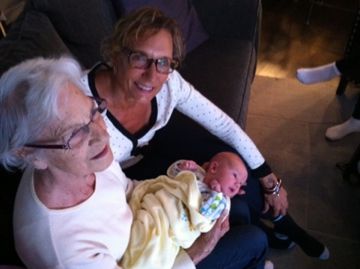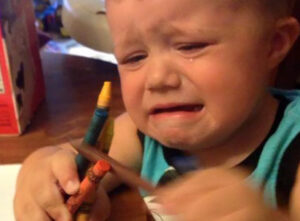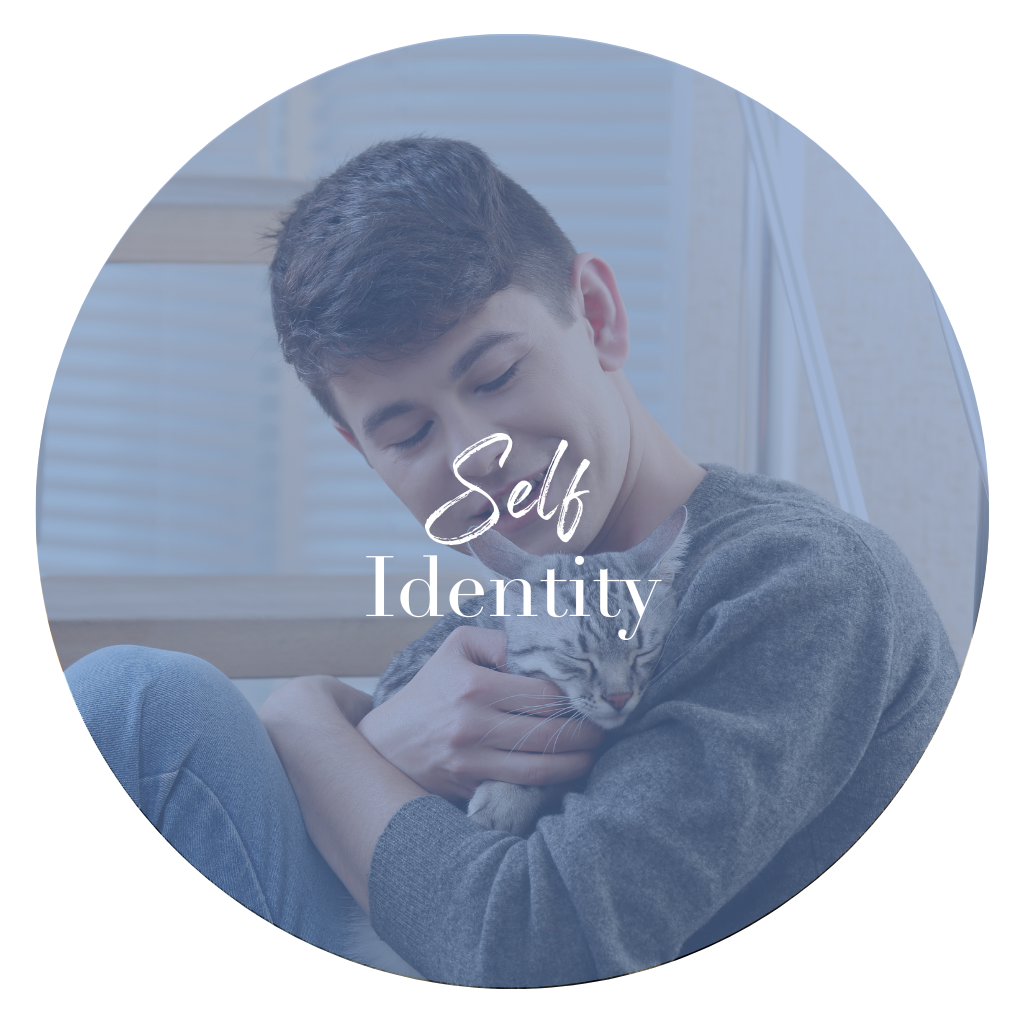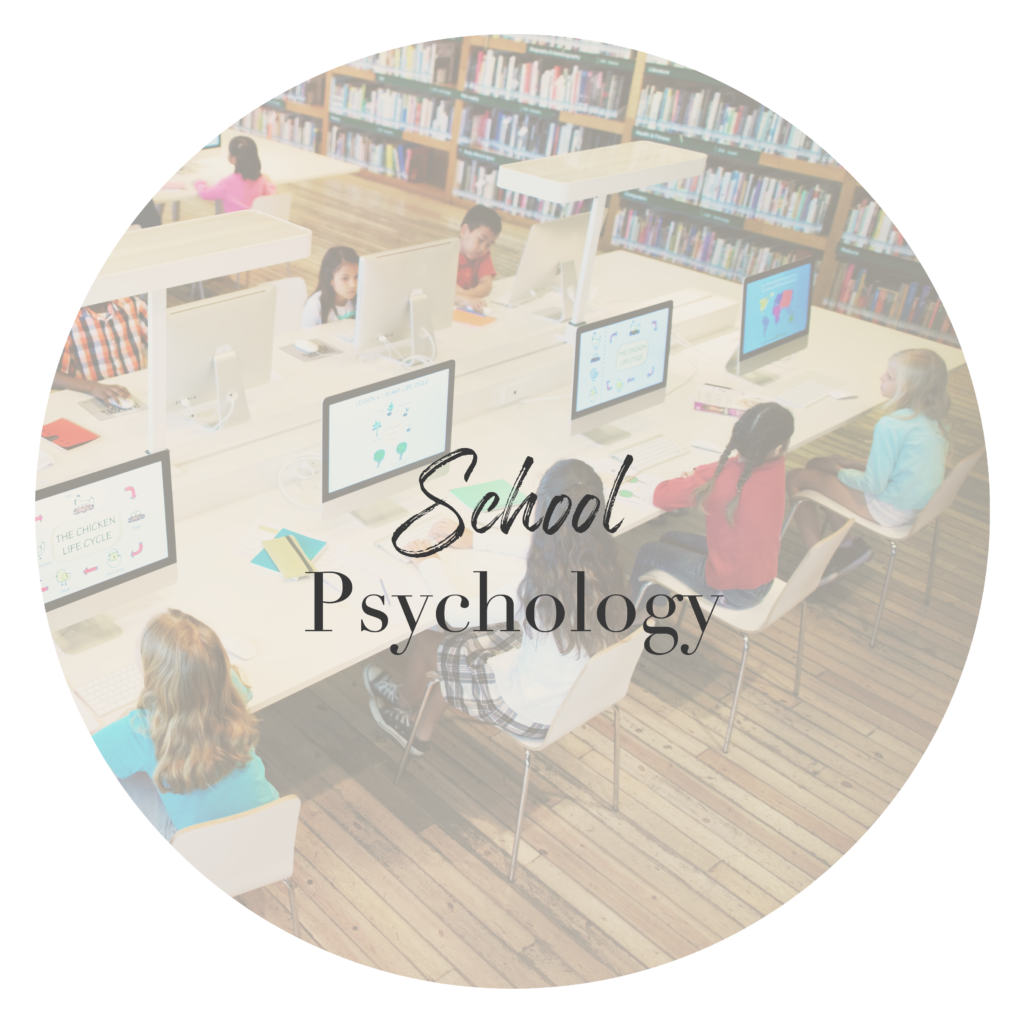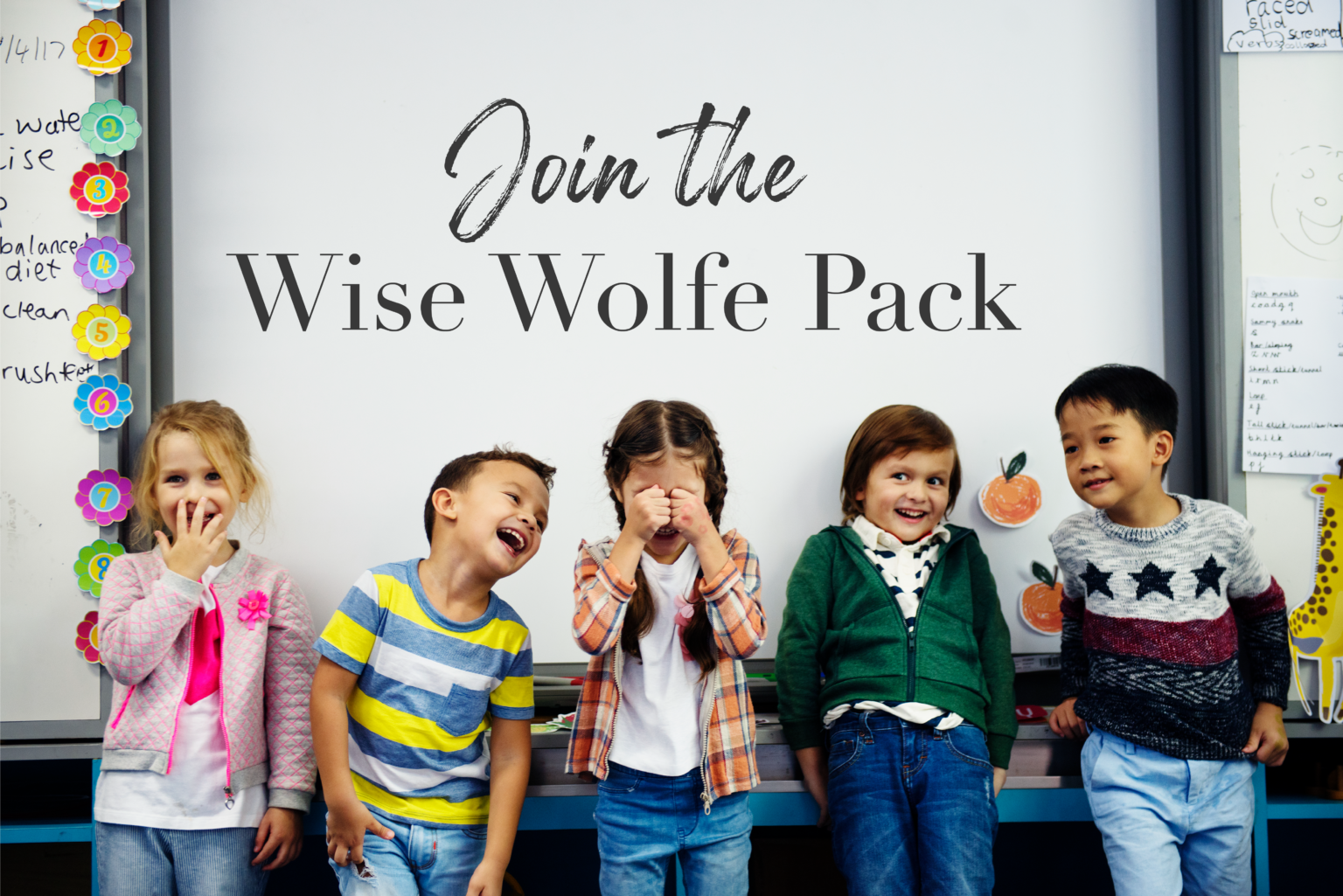How promoting independence in our kids is counter-intuitive unless viewed through an Attachment lens.
Attachment was first described by John Bowlby in the 1950s. He authored several big themes of Attachment; security, vulnerability, separation, and loss, over the next three decades by framing these within human development. I want to talk about emotional development as the kingpin of growing up our children to be social beings, emotionally mature, reasonable and responsible citizens, productive adults, and good parents themselves.
This blog post is about; Dependence before interdependence. Interdependence before a responsible level of independence. So I begin at the beginning.
FROM A SINGLE CELL
We have a social identity right down to the single cells in our body. In fact, because we each began as a single cell, there is no denying that each part of our body is actually every part of our body, that every part of our body grew and transformed from one cell. In fact we can say that we are “of our mother’s cells and our father’s cells”. This is the central tenet of the Embodiment Movement. That each part of us is connected to all parts of us and this is not just about our joints and muscles. It goes deeper than that. Yes, every cell of our being has been dependent on every other cell to form the tissue of organs and bones making each of us a viable living person. This goes for all micro-organisms, plants, and animal species in our world, but for now let’s stick to the somewhat more manageable concept of our own living self.
From a one cell beginning, each new cell is dependent on the cells coming before, even those from grandparents and more ancient family members, to map out the growth to come. This is an impressive social genetic and/or divine endowment, which is a central tenet of the Trauma Healing Movement. At some point, parts of the whole body are well enough differentiated to “give back” to the growth process as it continues to unfold. We know the heart “gives back” very early on because a fetal heartbeat can be detected by approximately 6 weeks gestation. Although the social dependence of cells continues to follow the genetic map, the functioning of a distinct organ like the heart, marks interdependence of cell growth. A functioning heart also reveals how the chemistry and physiology, of a still very immature body, are means of communication. Communication has a social function supporting dependence, interdependence, and as we’ll see, independence.
Thinking about dependence and its foundational role for interdependence in this real-life example, is important. This example provides justification for embracing dependence and interdependence, especially because modern society tends to value independence more. How does it feel to push yourself to be independent during family breakdown, community crisis, or global pandemic? It feels wrong, stressful, and alarming. Yet by taking a cue from our innermost cellular starting point, we realize that dependence and interdependence cannot be minimized, judged as less mature, or rejected as end goals in themselves.
ATTACHMENT
Since my purpose is always to present Attachment theory in terms of Emotional Development, here are some emotion-focused ways to see dependence and interdependence. Young children and teens, are profoundly dependent on responsible adults for their safety and survival. Not because our kids aren’t capable, but because they don’t have enough life experience for adequate perspective. It is perspective which is missing, and this comes with experience in a world which has many hidden rules, unspoken expectations, and even violence. Yet caring adults can be wonderful coaches and guides, if kids will listen and learn. The French philosopher Foucault poses this question, “what if we don’t know, what we do, does?” This is the lack of perspective. We might know what we want to do. We might even know what we are doing. But what we can’t always know is the impact or result of what we’ve done – what whatever we do, does. This will be because our actions are disconnected from outcomes by time, location, or our awareness. An Attachment lens can only view emotional development if we respect the long timeline of human development, the context of locations in which our kids learn and play, plus how our awareness as adults is wide or narrow, stuck or growing, while we open the world to our children and teens. When we are an authentic Attachment relationship for our kids they will notice and value whatever we notice and value, and grow beyond that yet.
PANDEMIC
Not being able to fully appreciate the outcomes of our actions has been the central lesson of this 2020 global pandemic. Statements from the media can seem nonsensical if we fail to ponder; that we are all connected, that we are all at risk if even one of us is at risk, that there are truly no “others” since suffering of some is the suffering of all, the actions of one impact everyone, and a better life for some is a better life for all. If we assume, we are independent, then cannot ponder these messages and we will remain unaware of our dependence and interdependence. Its true that when independence is the ultimate goal and we want to experience our independence above all else, we are assuming our independence. However, we are actually dependent on a healthy planet, on a nutritious food supply, on care workers in medicine and education, and financial arrangements through work and family. Adults have to consider where their assumptions of independence, provide false security. So, I now ask us to consider how expectations of independence from our children can also create problems.
ALLOW DEPENDENCE AND INVITE INTERDEPENDENCE
If we allow kids to be dependent, even when we think they could and should be independent, they will more naturally become cooperative, collaborative, this is interdependence. If we invite kids to be interdependent rather than set inflexible expectations for independence – then they will more naturally show us when and how they can be emotionally mature enough to be reasonably and responsibly independent. Independence is not an entirely worthy goal. Our children and teens are often missing the perspective of; what someone else feels or thinks, long term consequences of their actions, lost opportunities as the result of taking one course of action instead of another course of action, or possibilities left unexamined, which might have emerged from group thinking. There will be relational disconnects when expectations for independence too often supersede invitations for interdependence and allowance of dependence, in relationships with adults.
We can easily get wrapped up in the use of consequences or no tolerance policies to push for independence. Yet, the Attachment view is to allow their dependence and invite their interdependence so the ongoing learning about how the social world really works is more digestible to kids. In this way, growing into the intellectual and social world around them is less jarring to their sense of self, especially when they misstep. The litmus test is – if we have to repeatedly say “I am in charge, you should come to me for help, I know best” then we have not yet created the security and connection an authentic Attachment relationship provides, to keep our kids safe.
ALLOW AND INVITE
Pay attention to the nuance here; allow dependence and inviteinterdependence. This is important because we want emotionally healthy kids to grow into adulthood. We cannot allow kids to be stuck in dependence and avoidant of interdependence. It’s fine if our teen prefers us to make breakfast but they must be invited to help, otherwise breakfast does not magically appear. Money and transportation are usually issues, so set the pattern of “pay in advance”. “Yes, I will give you money or drive you this weekend, if you complete these chores before then”. What if our four or five year-old still wants to be picked up and carried? Don’t just get ticked off! Simply understand that this demand is more about contact and closeness. So instead, hold this child’s hand, bring them in close, talk with a soothing voice, and engage them in observing the people and places around them. Or maybe take a pit stop, time for a snack, and at least slow down the pace to judge the distance yet to walk.
EMOTIONAL HEALTH
Know that dependence is foundational to interdependence and furthermore to independence. Know that these are social imperatives if we are going to grow emotionally healthy individuals. When children of any age know in every cell of their body that they can depend on the adults around them to “have their back”, they will come to us for coaching and guidance on whatever disturbs them the most about this world. This doesn’t mean kids will always be safe because most will experience danger and violence at times. Yet, accepting dependence and inviting interdependence is the key to working alongside our kids to develop their emotional maturity. This is the Attachment relationship we need to raise even tempered, emotionally healthy individuals who willingly cooperate and collaborate. These kids become adults who are reasonably and responsibly independent. Otherwise, like cells that have lost their social identity in the healthy functioning of the whole body, we get adults who are disconnected from social responsibility and act only in their personal best interest.
Emotional Development – love this topic!
Feel free to send me your own problem situations with your child or teen so we can use the power of interdependence and consider great solutions together, using Attachment thinking.

